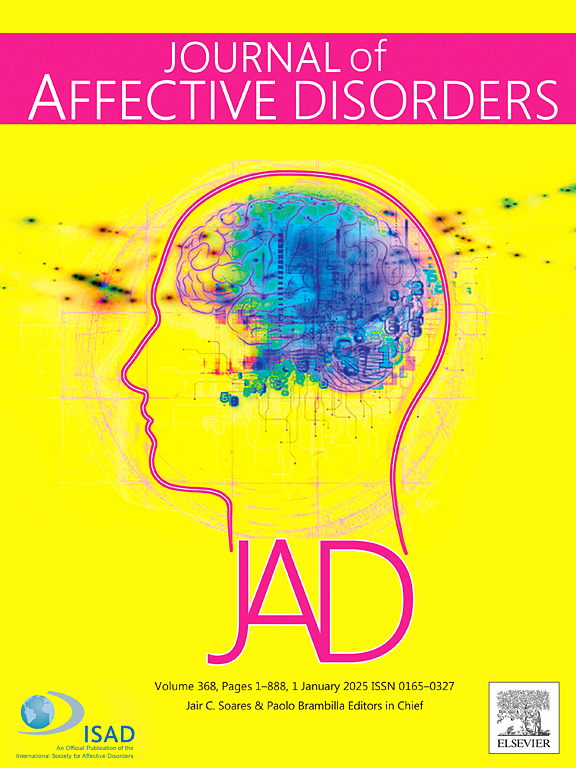Effects of loneliness and social isolation on sarcopenia among community-dwelling older adults: The mediating role of depressive symptoms and cognitive function
IF 4.9
2区 医学
Q1 CLINICAL NEUROLOGY
引用次数: 0
Abstract
Background
Although the effect of social relationships on sarcopenia has been explored, the underlying pathways remains to be elucidated. This study aimed to examine whether loneliness and social isolation influenced new-onset sarcopenia through depressive symptoms and cognitive function.
Methods
A total of 5003 participants aged ≥60 years from 2011 (Wave 1), 2013 (Wave 2) and 2015 (Wave 3) of China Health and Retirement Longitudinal Study (CHARLS) were included. Of these, 49.1 % were females, and mean age was 67.1 years at Wave 1. Generalized linear model and Cox proportional hazard regression model were carried out to test the associations among loneliness (Wave 1), social isolation (Wave 1), depressive symptoms (Wave 2), cognitive function (Wave 2), and new-onset sarcopenia (Wave 3). A four-way decomposition was applied with depressive symptoms and cognitive function as mediators to explore their mediation and interaction effects on social relationships and sarcopenia.
Results
Loneliness (HR = 1.309, 95%CI = 1.073–1.596) and social isolation (HR = 1.115, 95%CI = 1.013–1.228) were associated with new-onset sarcopenia. Depressive symptoms (coefficient = 0.036, 95%CI = 0.030–0.042, attributable ratio = 23.5 %) and cognitive function (coefficient = 0.015, 95%CI = 0.010–0.019, attributable ratio = 9.8 %) mediated the association between loneliness and new-onset sarcopenia, while only cognitive function (coefficient = 0.015, 95%CI = 0.013–0.018, attributable ratio = 9.8 %) mediated the association between social isolation and sarcopenia.
Limitations
Although various confounding factors were adjusted for, we cannot rule out the possibility of residual confounders.
Conclusion
The pathways through which social relationships impact sarcopenia vary by the attributes of social relationships. Healthcare providers may address the mental and cognitive health issues to prevent and manage sarcopenia among lonely and socially isolated older adults.
求助全文
约1分钟内获得全文
求助全文
来源期刊

Journal of affective disorders
医学-精神病学
CiteScore
10.90
自引率
6.10%
发文量
1319
审稿时长
9.3 weeks
期刊介绍:
The Journal of Affective Disorders publishes papers concerned with affective disorders in the widest sense: depression, mania, mood spectrum, emotions and personality, anxiety and stress. It is interdisciplinary and aims to bring together different approaches for a diverse readership. Top quality papers will be accepted dealing with any aspect of affective disorders, including neuroimaging, cognitive neurosciences, genetics, molecular biology, experimental and clinical neurosciences, pharmacology, neuroimmunoendocrinology, intervention and treatment trials.
 求助内容:
求助内容: 应助结果提醒方式:
应助结果提醒方式:


